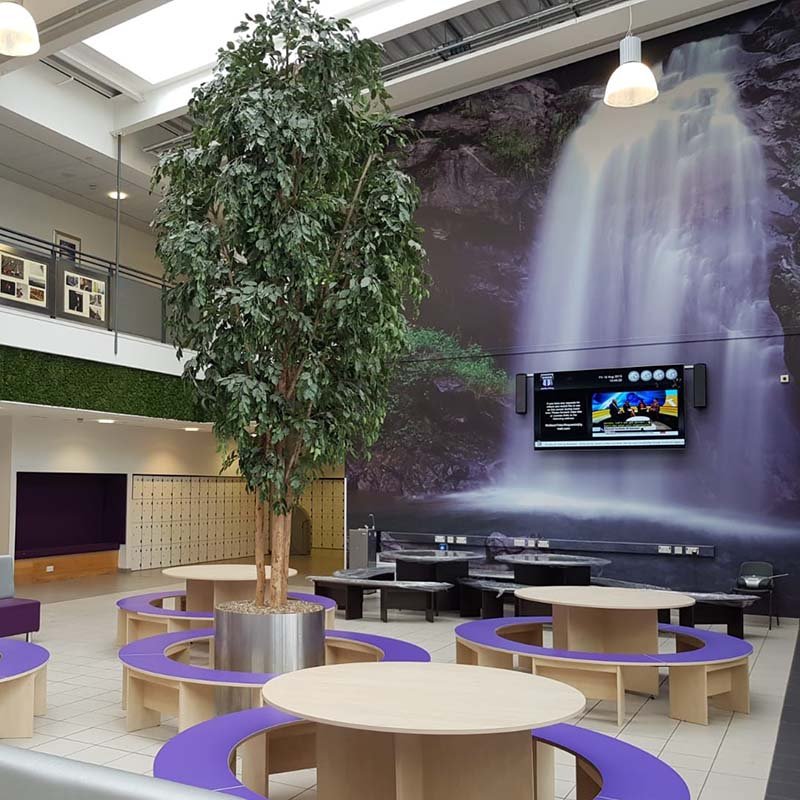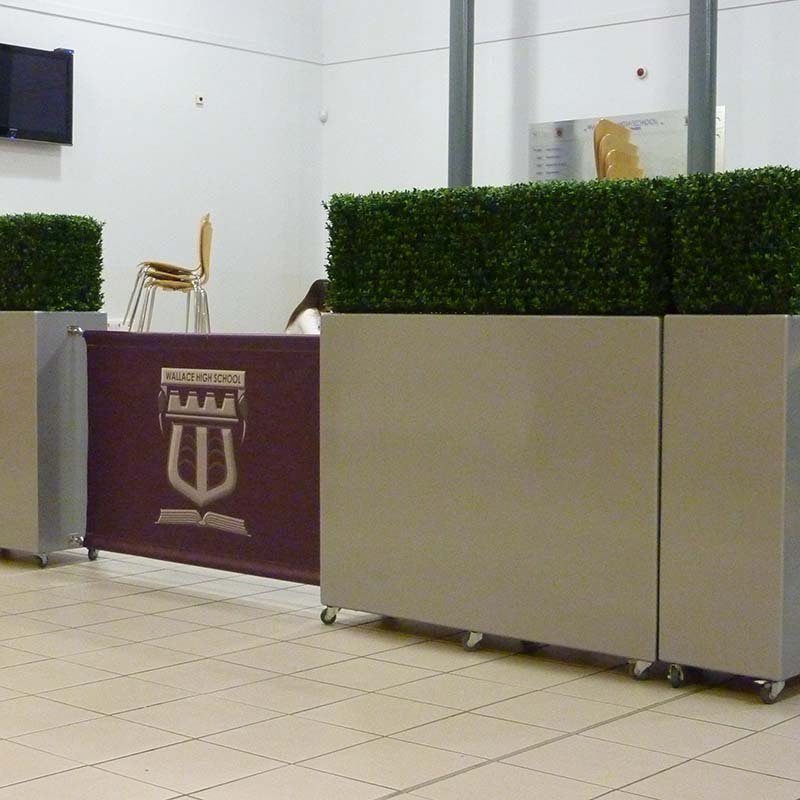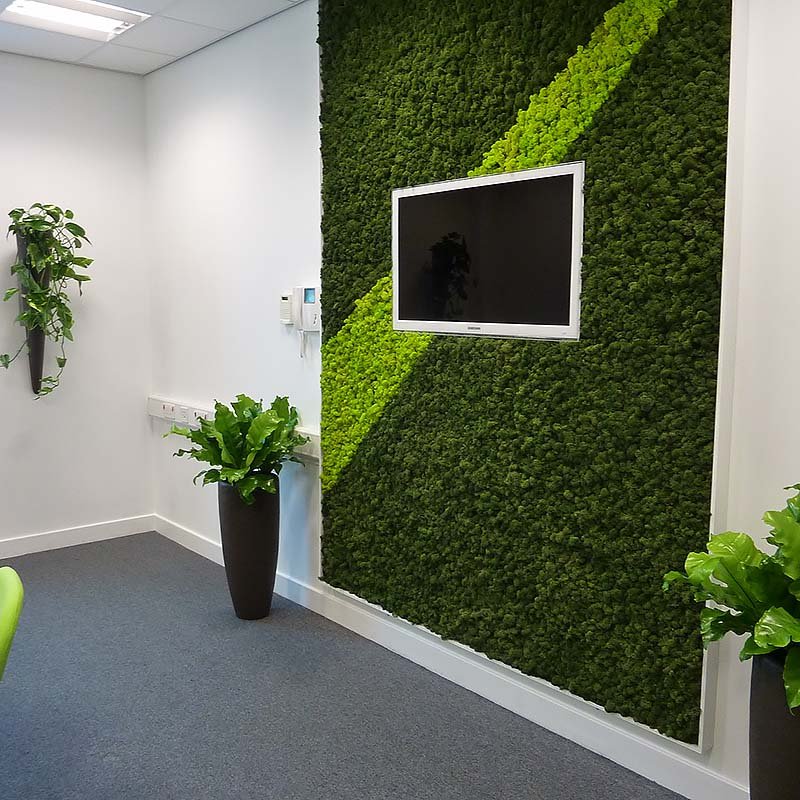Plants, greenery, and elements of nature, are a great addition to schools, colleges, universities and other educational facilities. Places where there are many people in a busy, fast-paced environment, stress levels often run high and this can contribute to health issues. Contact with nature has been proved to reduce stress and contribute toward a healthy and productive working environment – find out more about biophilic design…
1. Plants can help improve performance in class
The Royal College of Agriculture’s research found that attentiveness increases up to 70% with plants in the classroom. When students taught in classrooms with plants were compared to students in non plant classrooms, those in plant classrooms showed 70% more attentiveness. This could be due to leaves and stems absorbing, deflecting and retracting background noise.
Wallace High School, Stirling
2. Plants combat feelings of stress and anxiety, reducing absence and sickness
Plants improve learners performance as they have been shown to reduce feelings of anger by 44% and tension by about 37% (CIPHR). Consistent stress levels have a negative effect on health and wellbeing – plants like Lemon Balm, Haworthia, and the Snake Plant are shown to be fantastic mood-boosters. A great addition to learning environments. It’s not just high levels of CO2 that can make learners feel unwell, there are lots of every day toxins that have a similar effect when exposed to them over time.
As with offices and hospitals, toxins can be found in educational facilities. Like formaldehyde in tissues, paper bags, and paper towels, ammonia in cleaning products, and benzene in plastics. Plants help clean the air, especially English Ivy and Red-Edged Dracaena.
Wallace High School, Stirling – an artificial tree softens the space and makes for a more welcoming space
3. Plants can help promote a feeling of community
Plants are shown to encourage social interaction, as well as promoting working in teams. Looking after classroom plants can become a team task, with groups or individuals sharing the responsibility of nurturing the plants. This in turn encourages teamwork, boosting social skills, sense of responsibility, pride and confidence.
Moss is nature’s very own sound absorption system. It literally soaks in sound making it a great choice for quieter areas. It is also a versatile and fun way to add colour to learning environments through signage, whiteboards and lettering.



















